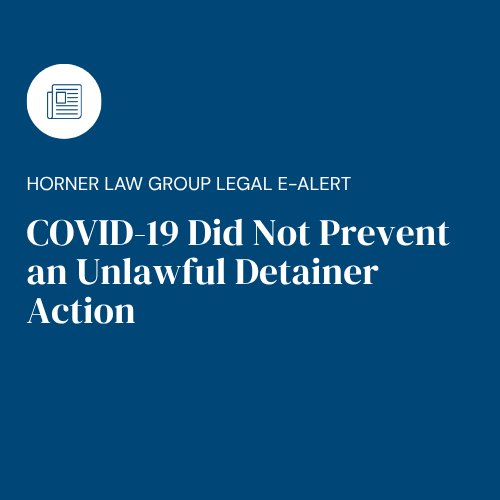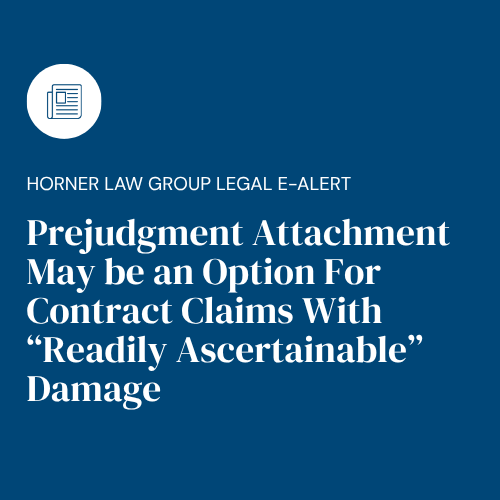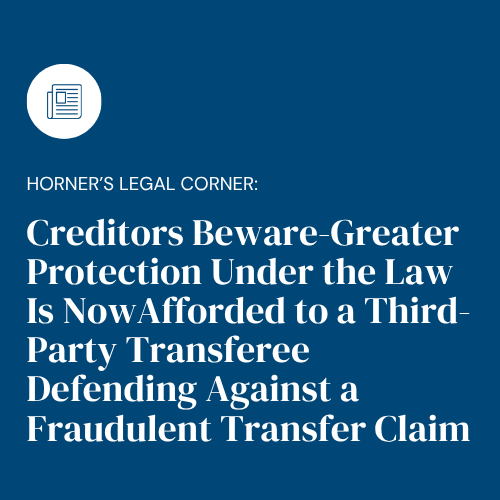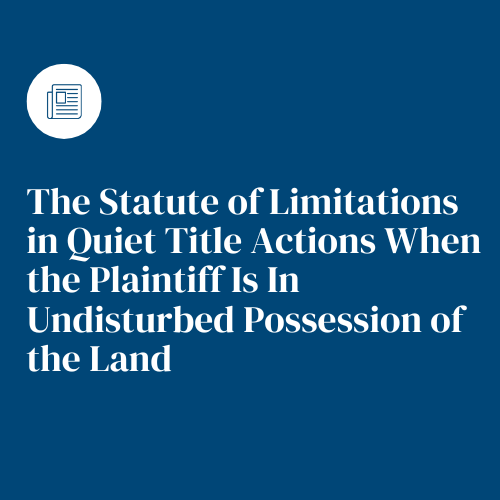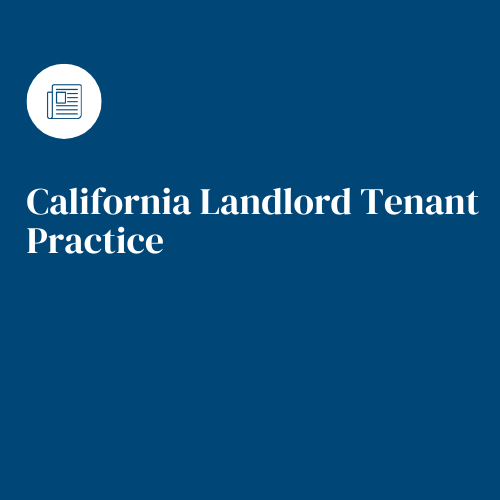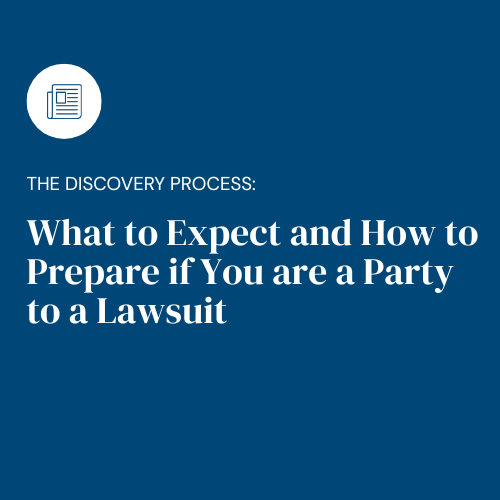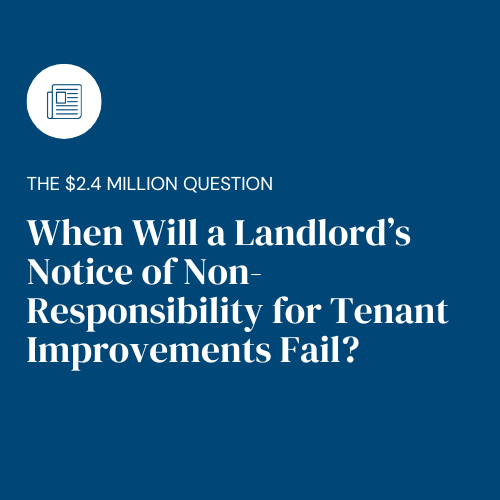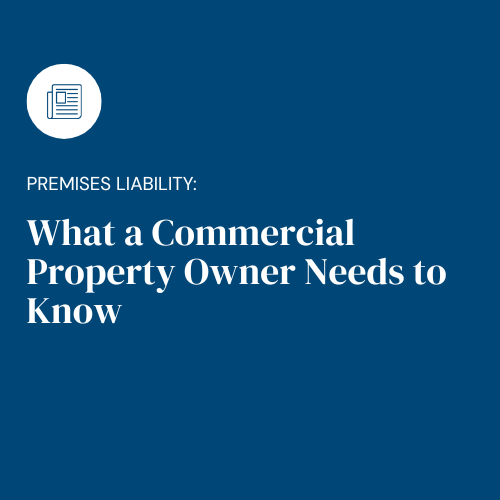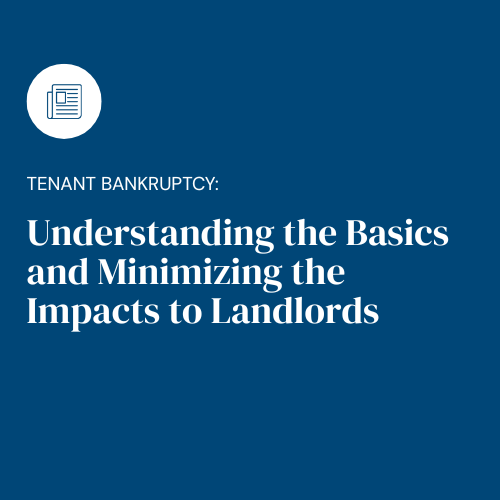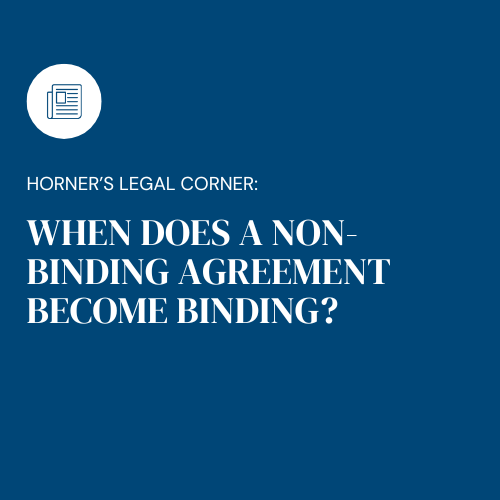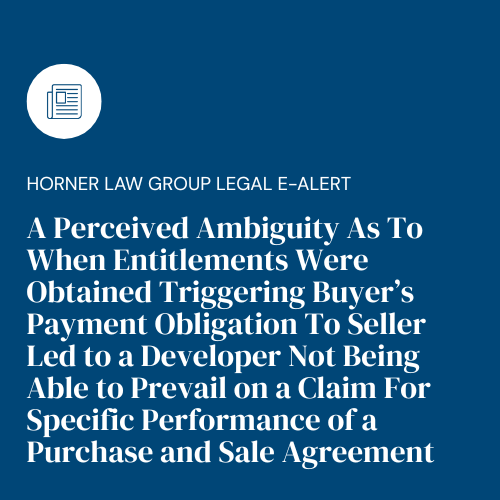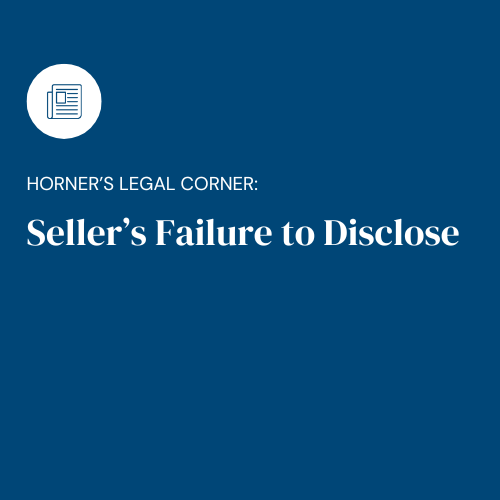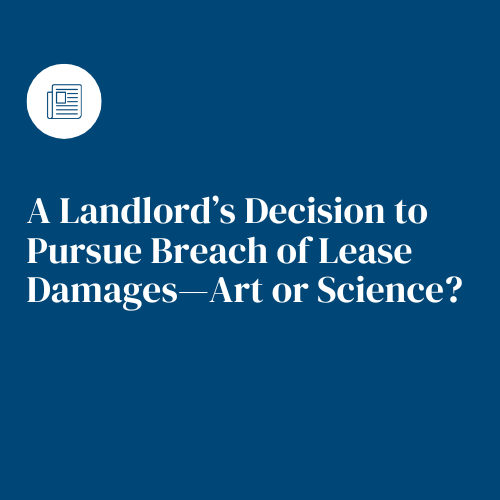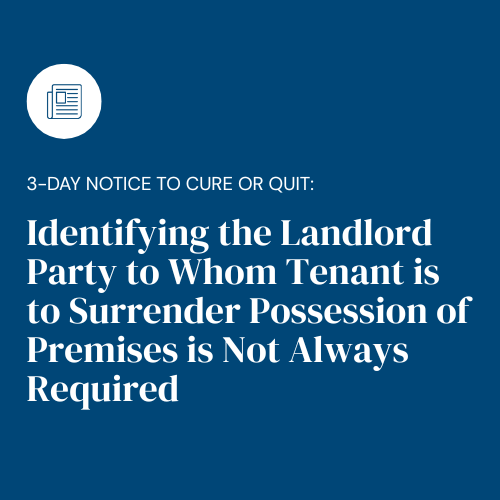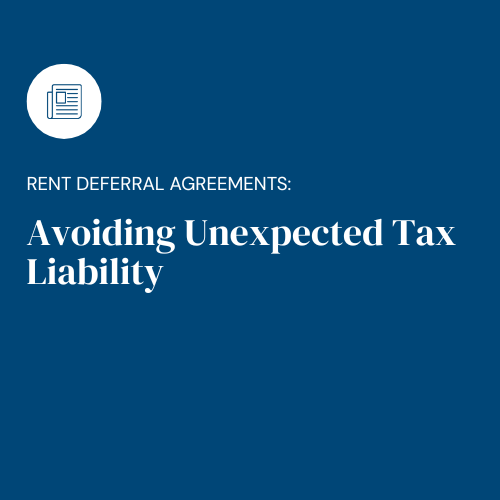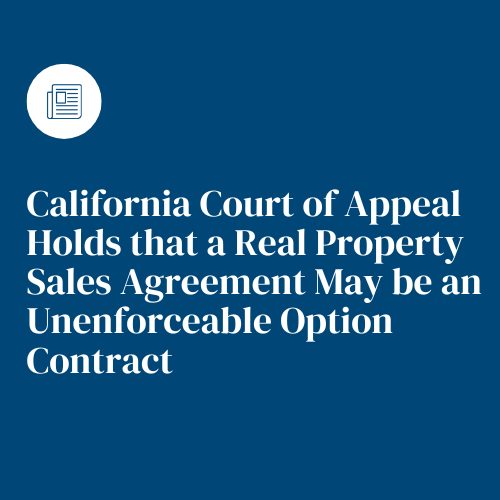3-Day Notice To Cure Or Quit: Identifying the Landlord Party to Whom Tenant is to Surrender Possession of Premises is Not Always Required
CONTACT
Cliff Horner
In order for a landlord to prevail in an unlawful detainer lawsuit to evict a tenant, the landlord must strictly comply with the applicable statutory notice requirements such as those statutory notice requirements for a 3-Day Notice to Pay Rent or Quit, a 3-Day Notice to Perform Covenant or Quit, or a 3-Day Notice to Quit. A landlord’s failure to do so, even in the pre-litigation notice phase – can render the entire unlawful detainer action defective with the landlord then losing its eviction case. Some of these notice requirements and the information that must be contained in the notices derive from Code of Civil Procedure section 1161. For example, Code of Civil Procedure section 1161 subdivision 2 details the notice requirements for a default in payment of rent – i.e., a 3-Day Notice to Pay Rent or Quit, and include the requirement that the notice provide “the name, telephone number, and address of the person to whom the rent payment shall be made, … [or to deliver] possession of the property.”
In the recent case of California Court of Appeal case of Lee v. Koyluk (2021) 59 Cal.App.5th 719, the Court of Appeal, in its own words, got “into the weeds of the unlawful detainer statute” to determine whether a commercial landlord’s unlawful detainer lawsuit based upon a Notice to Cure or Quit (not to pay rent or quit) for its commercial tenant’s selling marijuana without a license failed because the landlord’s notice didn’t identify the party to whom defendant could return possession of the property.
Since the notice was one to perform a covenant or quit – i.e., comply with the requirement to sell marijuana with a license, the statutory basis for the notice derives from Code of Civil Procedure section 1161 subdivision 3. The Court of Appeal held that with respect to the notice requirement in subdivision (3), which is primarily designed to give the tenant an opportunity to cure the breach and retain possession of the property; “identifying a specific person was not required by the statute while subdivision (2) pertaining to a notice to pay rent or quit did contain such language”. The Court of Appeal held that “it appears the Legislature purposefully chose not to include such a requirement” to identify to whom the tenant could return possession of the Premises, and therefore found in favor of the landlord and reversed the trial Court’s granting of judgment on the pleadings in favor of the tenant.
Take Away:
In the case of Lee v. Koyluk (2021) 59 Cal.App.5th 719, the Court of Appeal “got in the weeds” of the unlawful detainer statute but that it is exactly what an unlawful detainer court does in order to ensure a landlord’s strict compliance with the statute. If pre-litigation notices fail to meet all statutory requirements, then landlord’s entire unlawful detainer action will likely fail. As such, it is critical for a landlord or property manager seeking to recover possession of the premises to ensure it is complying with all of the current and applicable unlawful detainer statutes.
*The above does not constitute legal advice and should not be acted upon without seeking advice from a licensed lawyer.
Subscribe to Horner Law Group Mailing Lists
Get the latest significant legal alerts, news, webinars, and insights that affect your industry.


